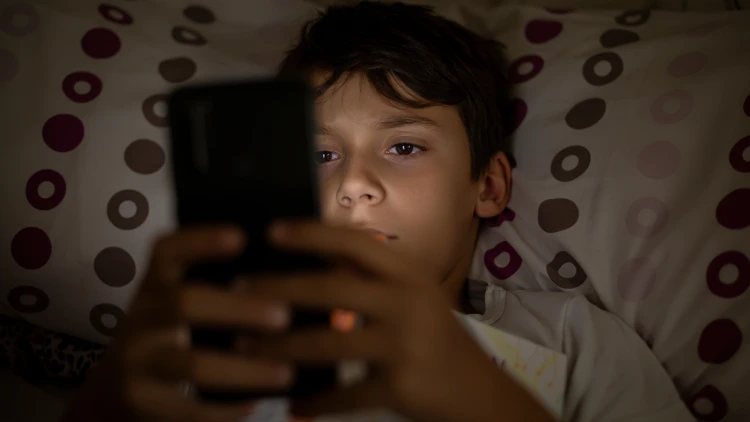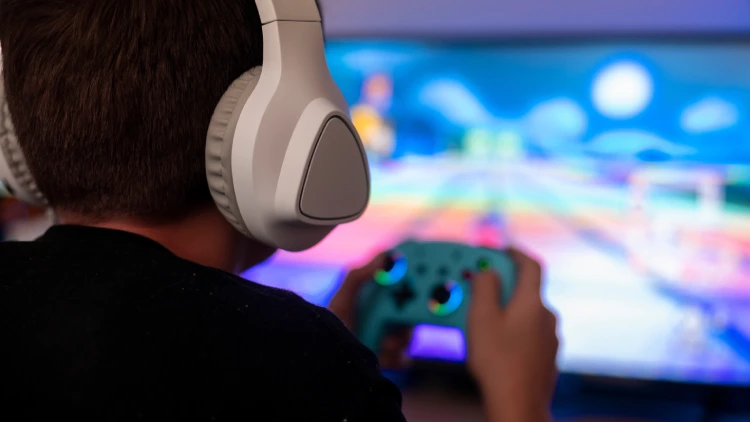Study Finds Addictive Behavior Not Screen Time Alone Linked to Youth Suicide Risk
New Research Shifts the Focus From Hours Spent Online to Compulsive Screen Use Among Adolescents

A new nationwide study has found that the real digital risk to adolescents may not be how long they are online, but how they use their screens. Researchers at Weill Cornell Medicine, Columbia University and the University of California, Berkeley followed over 4,000 children and discovered a strong link between addictive screen use and mental health issues such as suicidal thoughts.
Published in the medical journal JAMA, the study tracked participants from age 10 to 14. Although the overall amount of screen time didn’t reliably predict future suicidal behavior, the study found a much stronger link with compulsive digital habits. Children who struggled to disengage, became upset when unable to use their devices, or showed patterns of compulsive use were two to three times more likely to experience suicidal thoughts or make an attempt.
Lead researcher Dr. Yunyu Xiao emphasized that addictive behavior is a better predictor of risk than time spent on devices. “This is the first study to identify that addictive use is important, and is actually the root cause, instead of time,” she noted.
What Addictive Use Looks Like in Children

Addiction in this context doesn’t mean a child simply enjoys using their phone or video games. It refers to an emotional reliance where the child feels unable to stop, increasingly needs more time online to feel satisfied, or uses the device to escape emotional discomfort.
In the study, nearly half of the children displayed high levels of addictive behavior with mobile phones. About a quarter began with low signs of compulsive use, but their dependence grew rapidly over four years. By age 14, those in the “high or increasing use” groups were significantly more likely to report suicide-related behaviors.
Dr. Xiao explained that these behaviors are particularly difficult to manage in adolescents because their prefrontal cortex—the part of the brain responsible for impulse control—is still developing. This developmental stage may explain why some children struggle to disengage from apps or games, even when they are not spending excessive hours online.
How Parents and Policymakers Can Rethink the Problem
Traditionally, advice to parents has centered on limiting screen time with timers, parental control apps, or blanket restrictions. But the study’s findings suggest that focusing solely on the clock may miss children who are emotionally dependent on digital tools. Some children with moderate screen time showed high levels of psychological distress, while others with more hours logged did not.
Mental health experts are calling for a broader approach that includes behavioral assessments and therapy when needed. Cognitive behavioral therapy, in particular, has shown promise in addressing the compulsive patterns associated with addictive digital use.
The findings also raise questions about the role of technology companies. Dr. Mitch Prinstein of the American Psychological Association has urged lawmakers to push for “age-appropriate design” in digital platforms, a model already implemented in the United Kingdom. These design principles could limit persuasive features such as endless scrolling, autoplay, or algorithmic targeting, which are especially difficult for children to resist.
Parents are advised to pay attention not just to how long their children spend on screens, but to how they behave around them. Signs to watch for include frequent interruptions to check devices, visible distress when disconnected, or digital use crowding out sleep, school responsibilities, or time with others.








